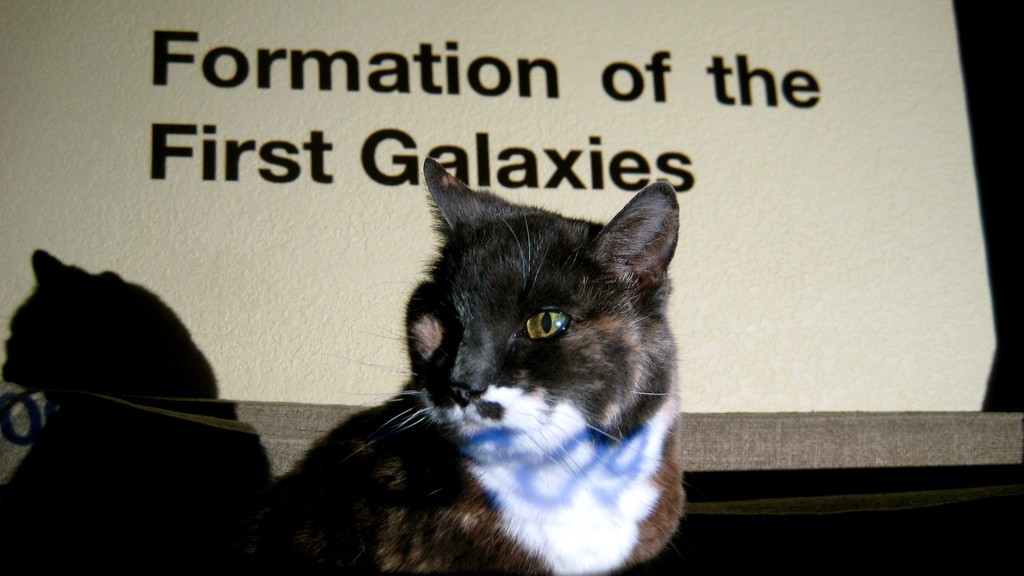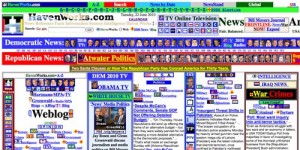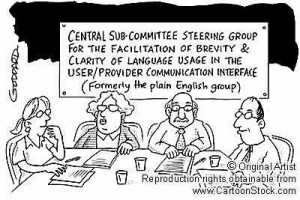The danger posed by hiking trails and other similar outdoor activities is often overlooked; and each year, countless hikers, mountaineers, and other adventurers are lost to the perils of the wilderness. These individuals are often highly experienced in whatever activity they pursue, and have a specialized disciplinary knowledge of the outdoors, and the necessary skills to complete any undertaking. The majority of these deaths and injuries are the result of carelessly overlooking posted warning signs.
Take, for example, the Bright Angel Trail. This extremely strenuous and challenging trail begins at the North Rim of the Grand Canyon and descends 4,380 feet (nearly 4/5’s of a mile) over the course of 9.5 miles to the Bright Angel Campground, at the bottom of the canyon. There are countless signs at the trailhead proclaiming the dangers of the trail, especially to the inexperienced hiker, that have been there since the park’s opening in 1908. But despite this, nearly 700 people have lost their lives while hiking The Grand Canyon.

As pictured, the signs clearly outline the precautions and necessary measures that must be taken to guarantee a safe trip down and back up—staying rested, well-nourished and hydrated, avoiding activity during the sunniest times of the day, and rationing supplies, time and energy. The signs even advise that a round-trip hike on the trail cannot be completed in a single day. But signs at the trailhead are not the only warning: Every ranger, employee, or veteran of the trail will give the same advice of caution and discretion to any potential Bright Angel dreamer.
These deaths, and the thousands of injuries that are suffered each year, may appear to be in a completely different realm of existence than technical communication, but they share a vast amount of common ground. Communication design can help explain the social and cultural factors that lead to audience resistance in similar circumstances.
In order to hike the Bright Angel Trail—and many of the other trails in the canyon—hikers must obtain a special permit. As I learned from my own experiences hiking these trails, this permit is not so much a way for hiking hopefuls to prove or demonstrate their skills or wilderness proficiency, but more a system for keeping track of who enters the canyon and who exits—you must check in at a designated ranger station with your permit before embarking, and again upon completion. If a hiker does not return for check out after a predetermined amount of time, authorities are alerted and a search begins.
But this knowledge is not necessarily communicated to a hiker before they embark, so the permit often lends itself to a tangible type of proof of their ability and dexterity, rather than its true purpose: a catalog of intentions and information. Therefore, when a hiker obtains a permit, they tend to assume that they have received some sort of approval for their journey, and feel no obligation to pay any attention to warnings. In the name of sticking to the status quo, and fulfilling their cultural distinctions as a permitted-hiker, they resist processing—let alone taking—any cautionary advice. This poor communication design helps to account for the scores of overly ambitious hikers that never return to the top of the canyon.
A round-trip hike that spans nearly 20 miles, with a near 2-mile elevation change is not for the faint of heart. Most of the individuals who decide to tackle the Bright Angel Trail condition for months beforehand, and come with adequate expectations and preparations. But, more importantly, they heed any warnings they encounter. The nearly 700 lives lost cannot be merely chalked up to a failure to read the signs, but it does make one wonder—would the number be just as high with a more effective communication design?
Cole, Cyndy. “Canyon deaths: 685 and counting.” Arizona Daily Sun 6 May 2012: Web. 9 Oct. 2014.
“Grand Canyon/Bright Angel Trail.” National Park Service,n.d. Web. 9 Oct. 2014.
Haff, Gordon. “Warning sign. Bright Angel Trail, Grand Canyon.” Flickr. 2 Dec. 2012. Web. 9 Oct. 2014.











